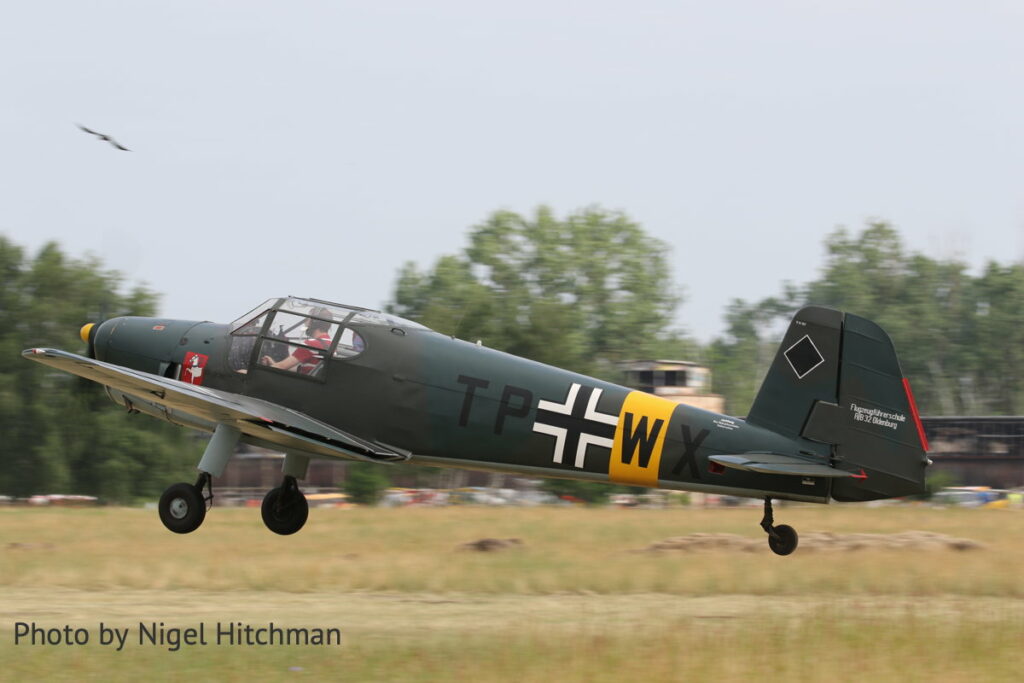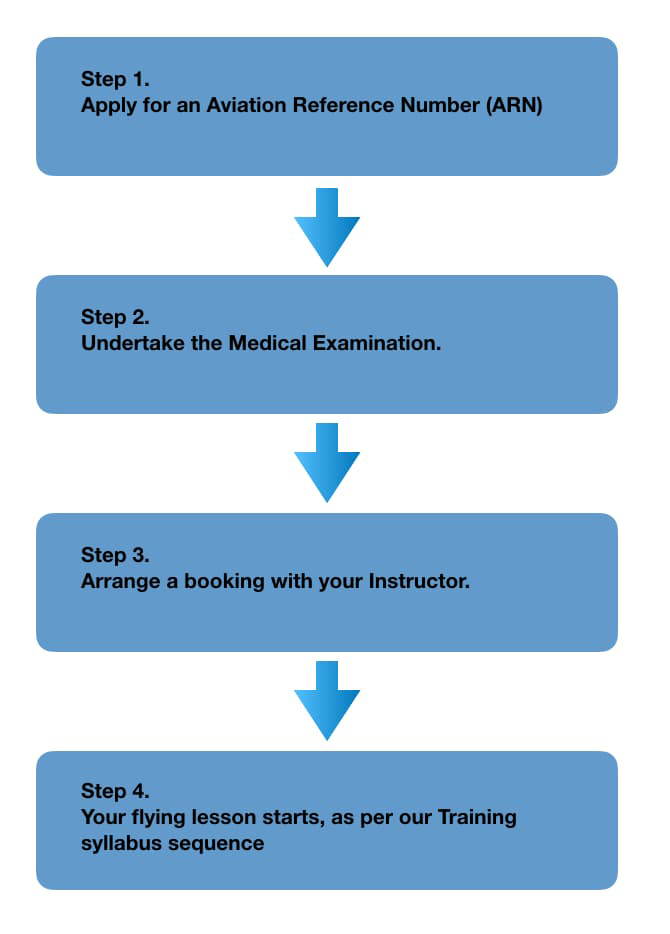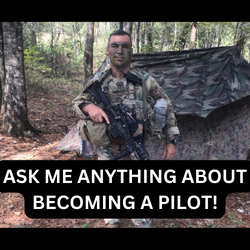
Are you considering becoming a commercial pilot in Australia? If so, you may be wondering how long it will take to achieve this goal. Well, the answer is not a simple one. Becoming a commercial pilot requires a significant amount of training and experience, and the length of time it takes can vary depending on several factors, such as your individual circumstances and the flight school you choose to attend. In this article, we will explore the process of becoming a commercial pilot in Australia and provide you with a better understanding of the time and dedication required to achieve this dream.
To become a commercial pilot in Australia, you must first obtain a Private Pilot Licence (PPL). This initial training typically takes between 6 to 12 months, depending on the intensity of your training and the amount of time you are able to dedicate to it. During this stage, you will learn the basics of flying, including aircraft handling, navigation, and emergency procedures.
Once you have obtained your PPL, you can then progress to the next stage of training, which is obtaining a Commercial Pilot Licence (CPL). This training typically takes an additional 6 to 12 months and builds upon the skills you learned during your PPL training. During this stage, you will learn advanced flying techniques, such as instrument flight and multi-engine operations.
After obtaining your CPL, you will still need to gain experience and flight hours in order to become employable as a commercial pilot. This is typically done through a period of flying as a flight instructor or a charter pilot, which can take an additional 1 to 2 years. Additionally, you will need to obtain additional qualifications, such as an Airline Transport Pilot Licence (ATPL), to fly larger aircraft and work for major airlines.
In conclusion, the length of time it takes to become a commercial pilot in Australia can vary depending on several factors. However, on average, it can take between 2 to 4 years of training and experience to achieve this goal. It is important to remember that becoming a commercial pilot requires a significant investment of time, effort, and financial resources. However, for those who are passionate about aviation, the rewards and opportunities that come with being a commercial pilot can make it all worth it. Becoming a commercial pilot in Australia requires dedication, perseverance, and a significant investment of time and resources. The journey to obtaining a commercial pilot license involves meeting specific requirements, completing flight training and theory examinations, and gaining practical experience. In this article, we will explore the various steps and milestones involved in becoming a commercial pilot in Australia.

Requirements for Becoming a Commercial Pilot
Age Requirements
To begin your journey towards becoming a commercial pilot in Australia, you must be at least 18 years old. This age requirement ensures that aspiring pilots have reached a level of maturity necessary to handle the responsibilities and challenges of piloting aircraft.
Educational Requirements
While there are no specific educational requirements to become a commercial pilot in Australia, it is highly recommended to have a strong background in mathematics and physics. These subjects are integral to understanding various principles of flight and navigation.
English Language Proficiency
Proficiency in the English language is essential for pilots to effectively communicate with air traffic controllers and fellow crew members. Aspiring commercial pilots in Australia are required to demonstrate their English language skills through tests such as the International English Language Testing System (IELTS) or the Aviation English Language Proficiency (ELP) assessment.
Medical Fitness
Maintaining good physical and mental health is crucial for the safety of pilots and passengers. Before pursuing flight training, aspiring commercial pilots must undergo a comprehensive medical assessment to ensure they meet the standards set by the Civil Aviation Safety Authority (CASA). This assessment includes a medical examination conducted by a designated aviation medical examiner.
Flight Training Process
Once you have met the initial requirements, the flight training process begins. It consists of several stages and certifications that you must complete to obtain a commercial pilot license.
Flight School Selection
The first step is to choose a suitable flight school. Research and consider factors such as the school’s reputation, instructor qualifications, the types of aircraft available for training, and the school’s safety record. It is essential to select a flight school that meets your needs and offers a well-rounded training program.
Private Pilot License (PPL)
The first certification in the flight training process is the Private Pilot License (PPL). This stage focuses on building the foundation of your aviation skills, including flight maneuvers, navigation, and emergency procedures. The training typically consists of flight hours, theoretical knowledge exams, and a flight test conducted by a CASA-approved flight examiner.
Commercial Pilot License (CPL)
After obtaining the PPL, you can continue your training towards the Commercial Pilot License (CPL). This stage of training further hones your piloting skills and introduces you to the commercial aspects of aviation. You will learn advanced flight maneuvers, aviation laws and regulations, and gain experience in different aircraft types. The CPL training involves additional flight hours, theoretical exams, and a flight test.
Instrument Rating (IR)
To enhance your piloting skills and capabilities, you will also need to obtain an Instrument Rating (IR). This certification allows you to fly in adverse weather conditions and rely on onboard instrument systems for navigation. The IR training consists of flight hours, theoretical exams, and a flight test.
Multi-Engine Rating (MER)
To qualify for certain employment opportunities, such as flying larger aircraft, acquiring a Multi-Engine Rating (MER) is necessary. This training focuses on the operation and control of aircraft with multiple engines. The MER training involves flight hours, theoretical exams, and a flight test.
Airline Transport Pilot License (ATPL)
The final certification in the flight training process is the Airline Transport Pilot License (ATPL). This license is a prerequisite for flying as the captain or first officer for commercial airlines. The ATPL training includes advanced theoretical exams and flight training, and it requires a significant flight experience.

Duration of Flight Training
The duration of flight training can vary depending on various factors, including individual progress, availability of flight instructors, and weather conditions. However, here is a rough estimate of the flight hours required for each stage of training:
Private Pilot License (PPL) – Flight Hours
The PPL training typically requires around 40-60 flight hours before being eligible for the PPL flight test.
Commercial Pilot License (CPL) – Flight Hours
To obtain the CPL, you will need to accumulate around 150-200 flight hours, including the flight hours completed during the PPL training.
Instrument Rating (IR) – Flight Hours
The IR training generally requires approximately 50-70 flight hours. Again, these hours may vary based on individual progress and proficiency.
Multi-Engine Rating (MER) – Flight Hours
Completing the MER training typically involves around 15-20 flight hours.
Theory Examinations
In addition to flight hours, aspiring commercial pilots must also pass theory exams at each stage of their training. These exams assess your knowledge in areas such as aviation law, meteorology, navigation, and aircraft systems. The number of theory exams varies depending on the certification level, and the topics covered become more complex as you progress in your training.
Private Pilot License (PPL) Theory Exam
For the PPL, you will need to pass theoretical exams covering subjects such as aviation law, meteorology, and navigation.
Commercial Pilot License (CPL) Theory Exams
The CPL theory exams expand on the topics covered in the PPL exams and may include additional subjects like aerodynamics, flight operations, and human performance.
Instrument Rating (IR) Theory Exam
The IR theory exam focuses on instrument flight rules, navigation procedures, and instrument approach charts.
Airline Transport Pilot License (ATPL) Theory Exams
The ATPL theory exams cover a wide range of subjects, including aerodynamics, meteorology, navigation, aircraft systems, and aviation law. These exams are typically more comprehensive and challenging than the previous ones.

Practical Assessments and Exams
In addition to flight hours and theoretical exams, practical assessments and tests are conducted to evaluate your piloting skills and knowledge.
Private Pilot License (PPL) Flight Test
The PPL flight test involves demonstrating your ability to perform various maneuvers, communicate effectively with air traffic control, and handle emergency scenarios.
Commercial Pilot License (CPL) Flight Test
The CPL flight test assesses your skills in advanced maneuvers, navigation, and decision-making abilities.
Instrument Rating (IR) Flight Test
The IR flight test evaluates your proficiency in flying using only instrument references, as well as your ability to navigate and perform instrument approaches.
Airline Transport Pilot License (ATPL) Flight Test
The ATPL flight test is the final practical assessment, which examines your competency in various areas, including handling emergency situations, aircraft systems, and multi-crew cooperation.
Additional Requirements
In addition to the certifications mentioned above, aspiring commercial pilots may need to fulfill additional requirements to enhance their employability and career prospects.
Night Rating
Obtaining a night rating allows pilots to fly during nighttime hours and further expands their flying capabilities.
Multi-Crew Cooperation Course
Completing a multi-crew cooperation course is essential for pilots aiming to fly in multi-crew aircraft, as it focuses on effective communication and coordination within a team.
Multi-Engine Command Instrument Rating
For pilots planning to fly as command pilots on multi-engine aircraft, acquiring a multi-engine command instrument rating is necessary.
Experience Requirements
Gaining experience through diverse flying opportunities, such as cross-country flights, pilot-in-command time, and exposure to different aircraft types, is highly valuable for aspiring commercial pilots.

Flying Experience and Hours Building
Building flight hours and gaining experience are essential components of a commercial pilot’s career development. There are various ways to accumulate flight hours and broaden your experience.
Building Flight Hours
After obtaining the necessary certifications, many pilots start building flight hours by working as flight instructors, charter pilots, or participating in aerial surveying and photography missions.
Gaining Experience in Different Aircraft Types
Flying different aircraft types helps pilots become versatile and adaptable in various cockpit environments.
Cross-Country Flying
Conducting cross-country flights allows pilots to navigate different terrains, experience varying weather conditions, and further refine their navigation skills.
Pilot-in-Command (PIC) Time
Pilot-in-command time refers to the hours a pilot spends as the sole manipulator of the controls during a flight. Accumulating PIC time is highly valuable for career advancement opportunities.
Time and Financial Commitment
Becoming a commercial pilot requires a significant time and financial commitment. The duration of training may vary depending on individual progress and external factors, such as weather conditions. Full-time training typically takes around 1 to 2 years to complete, while part-time training may extend the duration.
Training costs also vary depending on the flight school, aircraft rental fees, theory exam fees, and additional expenses like medical assessments and study materials. It is advisable to have a clear budget and financial plan to ensure a smooth progression through the training process.

Employment Opportunities
After completing the necessary training and acquiring the required licenses and ratings, various employment opportunities become available to commercial pilots in Australia.
Entry-Level Jobs
Many aspiring commercial pilots start their careers by working as flight instructors, charter pilots, or flying smaller aircraft for local and regional airlines.
Specialized Pilot Positions
As pilots gain experience, they can specialize in areas such as aerial firefighting, search and rescue operations, or medical evacuation.
Airline Careers
For pilots aiming to fly for major airlines, obtaining the necessary flight hours and experience is crucial. Many pilots begin their airline careers by working for regional airlines before transitioning to larger airlines.
Charter and Private Pilot Opportunities
Flying charter aircraft or working as a private pilot offers pilots the opportunity to serve high-profile clients and enjoy a more flexible lifestyle.
Conclusion
Becoming a commercial pilot in Australia is a challenging but rewarding journey. The training process, which includes meeting age and educational requirements, completing flight hours, theory exams, and practical assessments, requires dedication, perseverance, and a significant time and financial commitment. By following the outlined steps and gaining experience, you can embark on a fulfilling career in aviation and soar the skies as a qualified commercial pilot. So, take the first step, and begin your journey towards an exciting and fulfilling career in aviation.


